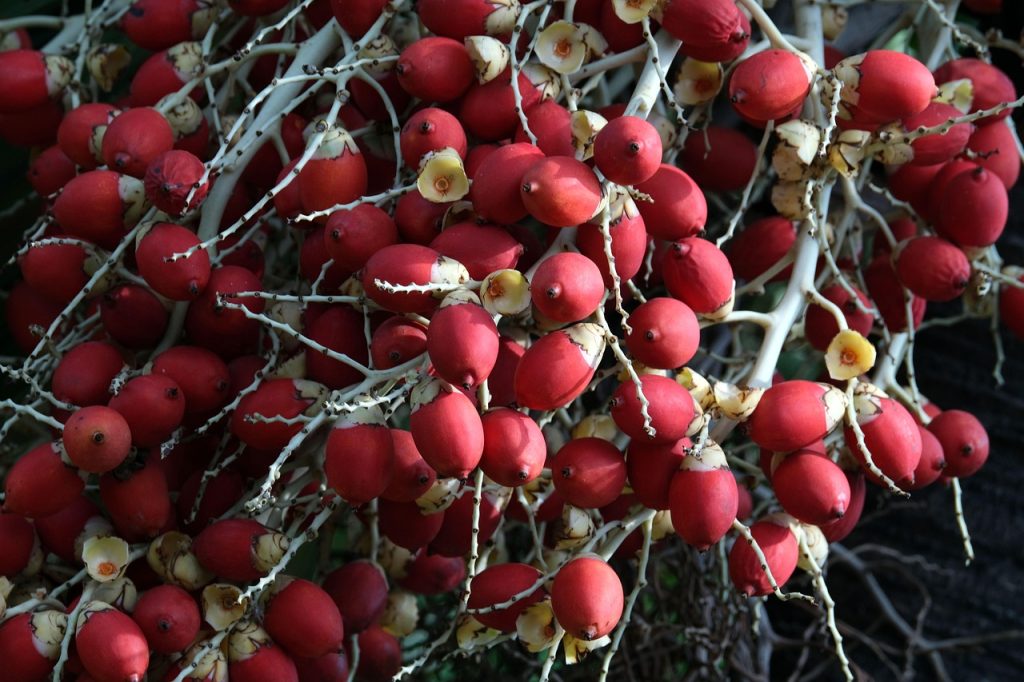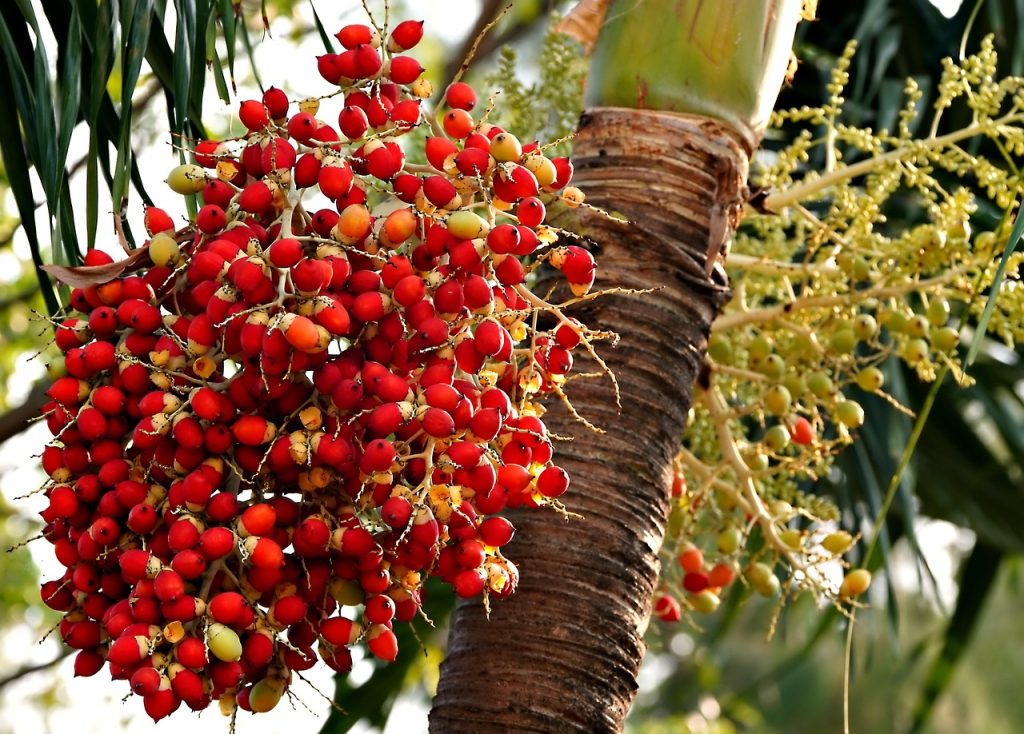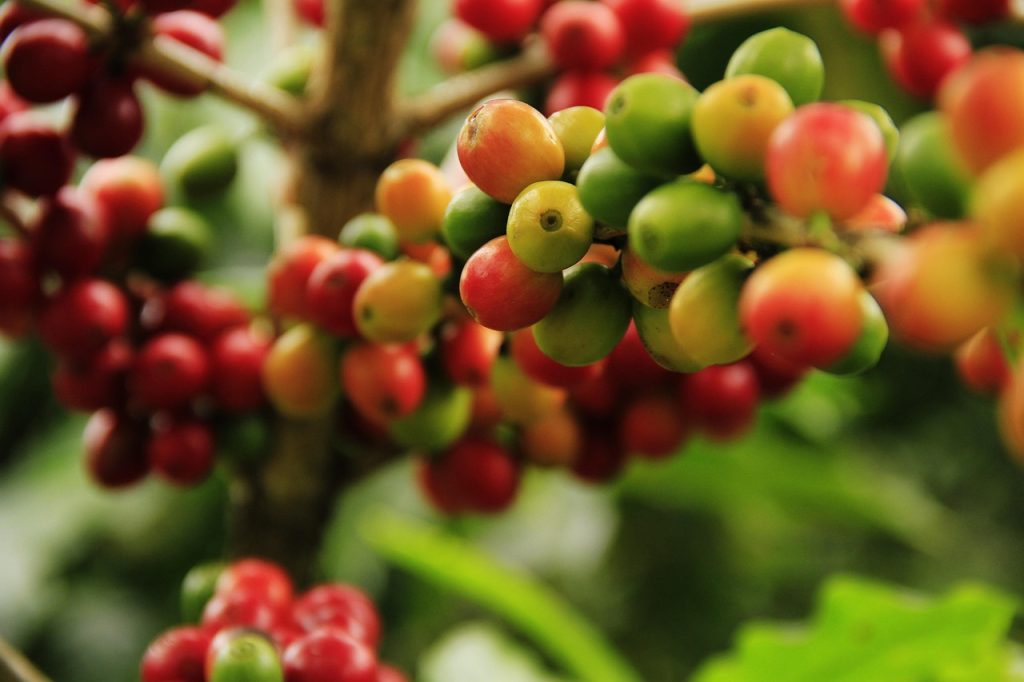The Areca Palm (Dypsis lutescens), also known as the Butterfly Palm or Golden Cane Palm, is one of the most popular indoor plants for homes and offices. Its feathery fronds, graceful stems, and air-purifying qualities make it a perfect tropical addition to any space. But to keep your Areca Palm thriving, proper Areca Palm care is essential.
This detailed guide covers everything you need to know about Areca Palm care, from watering and sunlight to repotting and common issues, so your palm stays green, healthy, and beautiful all year long.

What Is an Areca Palm?
The Areca Palm is a tropical plant native to Madagascar. It’s recognized for its arching, narrow green fronds that grow in clusters, resembling a bamboo cane. Indoors, it can reach up to 6–8 feet tall, while outdoors, in warm climates, it can grow as high as 20 feet.
Areca Palms are loved for their:
- Air-purifying abilities (they remove toxins like formaldehyde and xylene)
- Pet-friendly nature (non-toxic to cats and dogs)
- Elegant, tropical appearance
- Easy indoor adaptability
Areca Palm Care Overview
| Care Factor | Requirement | Description |
|---|---|---|
| Light | Bright, indirect sunlight | Avoid harsh direct light that can scorch fronds |
| Watering | Moderate | Keep soil moist but never soggy |
| Humidity | High | Prefers a humid environment |
| Temperature | 65°F–80°F (18°C–27°C) | Avoid cold drafts or sudden temperature drops |
| Soil | Well-draining potting mix | A peat-based mix with perlite works best |
| Fertilizer | Monthly during growing season | Balanced liquid fertilizer, diluted to half strength |
Light Requirements for Areca Palm
Areca Palms love bright, filtered light. Place your plant near an east or south-facing window where it can receive several hours of indirect sunlight daily.
Too much direct sunlight can burn the fronds, causing yellow or brown tips, while too little light may lead to slow growth or pale leaves.
If you’re growing your Areca Palm indoors, rotate it occasionally to ensure even light distribution.
Watering Areca Palm the Right Way
Overwatering is one of the most common mistakes in Areca Palm care. The goal is to keep the soil consistently moist but not soggy.
Watering Tips:
- Water when the top inch of soil feels dry to the touch.
- Use room-temperature, filtered water to avoid mineral buildup.
- Reduce watering frequency during winter when the plant’s growth slows down.
- Always use pots with drainage holes to prevent root rot.
Pro Tip: Yellowing fronds may indicate overwatering, while crispy brown leaves usually mean underwatering.
Soil and Repotting
Areca Palms need light, well-draining soil that retains some moisture but doesn’t stay wet for long. A mix of peat, sand, and perlite or a high-quality palm mix works perfectly.
Repotting Guidelines:
- Repot every 2–3 years during spring.
- Move to a slightly larger pot each time to give roots room to grow.
- Avoid frequent repotting. Areca Palms prefer to be slightly root-bound.
After repotting, water the plant thoroughly and place it in a bright, shaded area for a few days to help it adjust.

Temperature and Humidity
Areca Palms are tropical plants, so they thrive in warm, humid conditions. Ideal temperatures are between 65°F and 80°F (18°C–27°C).
Keep in mind:
- Avoid placing the palm near air conditioners, heaters, or drafty windows.
- If indoor air is dry, use a humidifier or mist the plant occasionally.
- Grouping your palm with other plants can also naturally increase humidity.
Fertilizing Areca Palm
During the growing season (spring to summer), feed your Areca Palm once a month with a balanced, water-soluble fertilizer diluted to half strength.
Avoid over-fertilizing, as it can lead to salt buildup in the soil, causing leaf burn. In fall and winter, stop feeding altogether; this is the plant’s rest period.
Pruning and Maintenance
Regular pruning keeps your Areca Palm healthy and attractive.
- Trim away brown or yellow fronds using clean, sharp scissors.
- Avoid cutting healthy green stems, as that can slow growth.
- Remove dead fronds at the base to allow new shoots to develop.
Dust the leaves occasionally with a damp cloth to keep them clean and improve photosynthesis.
Common Areca Palm Problems and Solutions
| Problem | Cause | Solution |
|---|---|---|
| Yellowing leaves | Overwatering or poor drainage | Reduce watering and improve soil aeration |
| Brown tips | Low humidity or fluoride in water | Mist the plant or use filtered water |
| Drooping fronds | Underwatering or cold air | Adjust watering and keep away from drafts |
| Pests (spider mites, mealybugs) | Dry air or weak plant health | Wipe leaves with neem oil or insecticidal soap |
Keeping a close eye on these signs helps prevent long-term damage and keeps your palm vibrant.
Areca Palm Care Indoors vs Outdoors
Indoors:
- Keep near bright windows with filtered light.
- Maintain consistent humidity and temperature.
- Rotate periodically for even growth.
Outdoors:
- Place in partial shade, never full sun.
- Water regularly during dry months.
- Protect from cold and frost during winter.
Areca Palms grown outdoors in warm regions (USDA zones 10–11) can become beautiful, full-sized tropical features in the garden.

Propagation of Areca Palm
Areca Palms are typically propagated through division rather than cuttings. When repotting, you can gently separate a cluster of stems with roots attached and replant it in a new container. Keep the new plant in a shaded spot for a few weeks until it establishes roots.
Toxicity and Safety
Unlike many tropical houseplants, Areca Palms are non-toxic to cats, dogs, and humans. This makes them one of the best choices for pet-friendly homes.
Benefits of Areca Palm
- Purifies indoor air by removing harmful toxins.
- Adds a natural tropical feel to interiors.
- Increases humidity in dry indoor environments.
- Pet-safe and low maintenance.
- Boosts mood and productivity when placed in workspaces.
Seasonal Areca Palm Care Tips
Spring and Summer:
- Increase watering frequency.
- Fertilize monthly.
- Prune damaged fronds.
Fall and Winter:
- Reduce watering and stop fertilizing.
- Keep the plant away from cold air.
- Maintain consistent indoor humidity.
Frequently Asked Questions (FAQs)
Water once the top inch of soil feels dry. In summer, it may need water twice a week, while in winter, once every 10–14 days is enough.
They prefer bright, indirect light. Too little light will slow growth and make the fronds pale.
Brown tips usually indicate dry air or fluoride in tap water. Use filtered water and increase humidity.
Yes, they’re excellent air purifiers, removing toxins like formaldehyde, toluene, and xylene from indoor air.
Yes, if you live in a tropical or subtropical area. Just protect it from frost and direct scorching sunlight.
Final Thoughts
Proper Areca Palm care ensures that your plant remains healthy, green, and full of tropical beauty all year round. With the right balance of light, water, and humidity, the Areca Palm can live for years, becoming a striking centerpiece in your home or garden.
If you’re looking for an elegant, air-purifying, and pet-friendly houseplant, the Areca Palm is one of the best choices you can make.